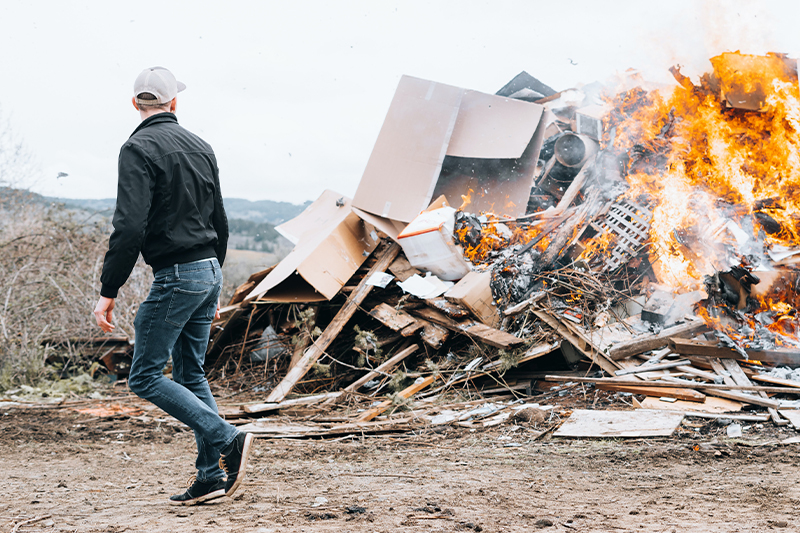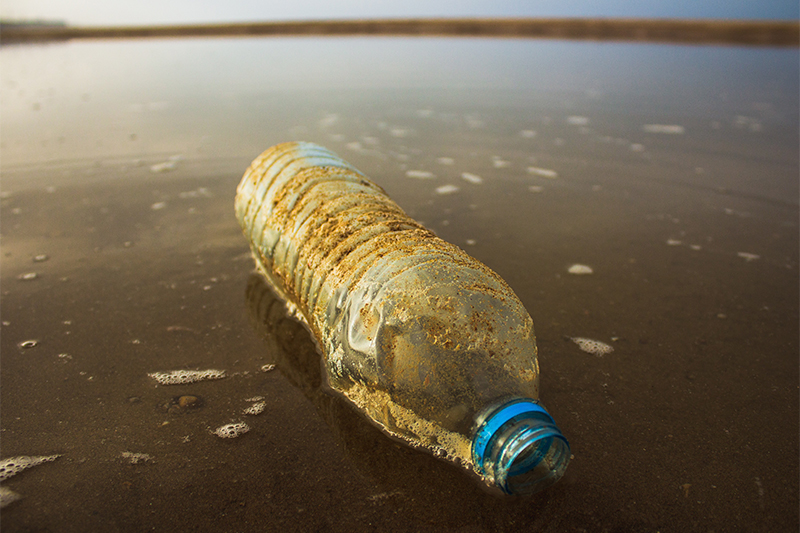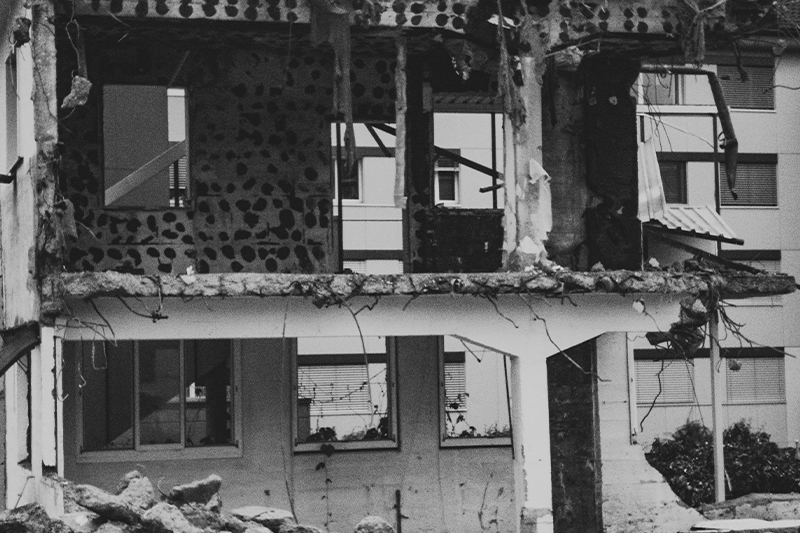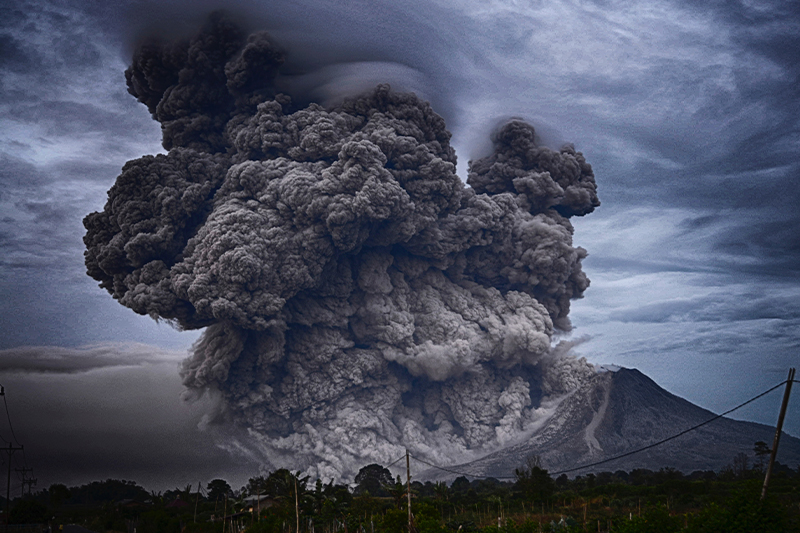
Should we Adjust our Approach?
Natural hazards vs. natural disasters-is there a difference? I recently posted a blog about what we can expect from Next Year’s Natural Disasters. It was, I thought, a relatively benign piece targeting crisis and emergency managers. The concept was to think about what events of the natural kind could impact our companies or communities over the upcoming twelve months.
As you know, I’m not one to shy away from a bit of controversy. After all, I’m the person who wrote Business Continuity Plans Are Dead. And I still believe that traditional continuity planning is not keeping pace with the rate of change needed to be effective for resilience today. In fact, I argued about Why Dashboards Are Better Than BCPs in a follow-up piece, extolling the value of real-time, easily digestible data over the paper plan format typically utilized by most programs.
Yet, I was interested when a man asserted in response to my latest blog post that he believes there are natural hazards but no natural disasters. It stopped me for a moment to consider, and after asking for more information and checking with colleagues, I decided to dive a little further into the topic. So, let’s get to it.

Climate Risks and Crisis Events
Indeed, I am not unaware of shifts in climate and the subsequent impact on our environment. Last summer, I was honored to participate in a Business Continuity Institute (BCI) article on The Role of Business Continuity Managers in Climate Risk. So, I’m not a stranger to the increased risk of natural events to our communities, companies’ bottom line, or ourselves. NOAA’s climate.gov site shared research on the total cost of disasters over time. It’s an insightful piece, with the authors pointing out that “adding the 2022 events to the record that began in 1980, the U.S. has sustained 341 weather and climate disasters, with the overall damage costs reaching or exceeding $1 billion. The cumulative cost for these 341 events exceeds $2.475 trillion”(Smith, Adam B.2022 U.S. billion-dollar weather and climate disasters in historical context. NOAA Climate.gov. Jan 10, 2023).
In tracking trends, it is noted that due to the high cost of disaster events, there is an increased focus on exposure, people’s vulnerability, and changes in the climate. Along with this, there is a new focus in the U.S. on mapping multi-hazards risks and better understanding the potential environmental impact. The goal is to analyze all pertinent factors while working to lessen the effects in the year ahead.

Is there an Urgency to Adopt Natural Hazards?
Of course, all of this sounds completely logical. So, what is the difference between natural hazards vs. natural disasters? Is it just a viewpoint? Depending on who you ask, it is either a semantic change or a radical change in focus. One of my colleagues stated that the teaching curriculum embraces natural hazards.
To me, a natural hazard is a natural phenomenon that threatens human life, property, and the environment. These hazards are typically caused by geological, hydrological, meteorological, or biological factors and can result in disasters if they occur in populated areas. Natural hazards such as earthquakes and volcanic eruptions can be sudden and rapid or develop slowly, like droughts and coastal erosion. These hazards can devastate communities, causing loss of life, displacement, infrastructure damage, and economic disruption. However, with proper preparedness, early warning systems, and effective response strategies, the negative consequences of natural hazards can be somewhat mitigated.

What's the Difference?
Natural disasters and hazards differ in their respective stages and outcomes. A natural hazard refers to a naturally occurring phenomenon or event, such as earthquakes, hurricanes, or floods, that has the potential to cause harm or damage to human life, property, and the environment. It represents the inherent danger posed by these events. On the other hand, a natural disaster occurs when a natural hazard materializes and results in significant damage, destruction, and loss. In other words, a natural catastrophe manifests as a hazard that has caused severe impacts and negative consequences, often leading to human suffering, economic losses, and environmental degradation. While a hazard is a potential threat, a disaster is an actual event and its aftermath, highlighting widespread devastation and the need for response, recovery, and rebuilding efforts.
Certainly, I love it when my blog sparks a conversation. Resilience is a proactive orientation, and I am all-in for reducing the risks and impacts of hazardous events. In 2022, I shared What Resilience Means to Me – My Resilience Journey as part of founding the Resilience Think Tank. However, the downside of social media is quick commentary that lacks in-depth dialogue.

A hazard or disaster?
Looking further into the topic, I found Neil Smith’s 2006 article about Hurricane Katrina, There’s No Such Thing as a Natural Disaster, which asserts that environmental geographers don’t believe in them. Environmental geographers analyze the impacts of human activities on the environment, such as urbanization, agriculture, industrialization, and resource extraction. When viewed from this lens, it makes sense that they see the world through the interaction between society and the environment. Funny enough, I worked the response for Hurricane Katrina and agreed that societal circumstances worsened the event. With this line of thinking, the location of a natural event determines whether or not it is a disaster. Or, there’s another assertion that humans are the root cause of all natural events.
I understand that books such as There is No Such Thing as a Natural Disaster: Race, Class, and Hurricane Katrina contributed to the risk of this type of thinking. Also, the UN’s Sendai Framework for Disaster Risk Reduction (2015-2030) in 2015 embraced this outlook. The UN’s Office of Disaster Risk Reduction believes that we need to accept that we are doing it (disasters) to ourselves.

More on Natural Hazards and Risk Analysis
You know this blog wouldn’t be complete without a list of this hazard type.
Here are some common types of natural hazards:
Earthquakes: Sudden shaking or trembling of the ground caused by the movement of tectonic plates beneath the Earth’s surface.
Volcanic Eruptions: Explosive release of magma, gases, and ash from a volcano, often accompanied by lava flows and pyroclastic flows.
Tsunamis: Large ocean waves triggered by underwater earthquakes, volcanic eruptions, or landslides.
Hurricanes and Cyclones: Intense tropical storms characterized by strong winds, heavy rainfall, storm surges, and potential flooding.
Floods: Overflow of water onto normally dry land, often caused by heavy rainfall, melting snow, or dam failures.
Droughts: Prolonged periods of abnormally low rainfall or lack of water, leading to water scarcity and agricultural problems.
Landslides: Downward movement of soil, rock, or debris along a slope, often triggered by heavy rainfall, earthquakes, or human activities.
Wildfires: Uncontrolled fires that rapidly spread through vegetation, fueled by dry conditions, high temperatures, and strong winds.
Avalanches: Rapid downhill movement of snow, ice, or rocks along a slope, often triggered by snowfall, earthquakes, or human activities.
Tornadoes: Violently rotating columns of air extending from a thunderstorm to the ground, characterized by strong winds and a funnel-shaped cloud.
So, from this vantage point, humans are much to blame for the impacts of this hazard type by not taking appropriate steps to prevent the worst outcomes. My curious mind then asks, were the Romans to blame for Pompeii? By following this logic, the answer would be yes. The Romans knew Mount Vesuvius was an active volcano, yet they chose to live near it. Not surprisingly, risk analysis reports over half of the world’s population is exposed to one or more major natural hazards. People live in these areas because, often, the benefits far outweigh the dangers. That’s unlikely to change.

Is the Future of Crisis Unnatural?
So, what are professionals to do? I think any debate comes down to how you view crisis events. Interestingly, the use of the word natural remains unaltered. According to the Oxford Dictionary, the term natural means existing in or caused by nature, not made or caused by humankind. For me, this is a crucial point. No one, it appears, is denying that crisis events like earthquakes, wildfires, or volcanic eruptions are part of the earth and normal to our environmental circumstances. Although we are working to predict the risk and its impacts better, we still cannot predict with 100% certainty when a natural event of this hazard type will occur.
Call me old-fashioned, or tell me I am missing the point. Maybe it is because I have been in the field too long, and my days of working directly with emergency management or in academia were over a decade ago. During that time, my experience encompasses manmade and natural crisis events. I am not yet ready to drop the “natural” or “disasters,” but I am working to do my part to reduce impacts while building resilience. It would surprise me if we disagreed on that approach.
What’s your take? Are you embracing the term natural hazards vs. natural disasters? Share your thoughts in the comments below and tell others what we should consider. For my part, I will continue to delve into the topic and share more soon. Thank you, as always, readers, for engaging and following my work.
Did You Know?
Disaster Empire blogs contain embedded links to source materials, articles of interest, videos, books, and training I recommend. Just click on the blue embedded link to access the resource.
